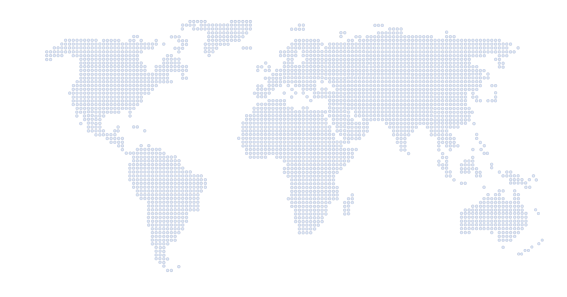First time in Shanghai last November TrendWatching was there as a part of trend tour to provide insights, how to win the hearts and minds of Chinese consumers. Presented by Acacia and Leroy, Asia head of trends and insights, and Nathania Christy, head of global insight network. Trendwatching is a half day deep dive into the best-in-class innovations from all over Asia, that are setting consumer expectations in the region.
“China plans to launch its very own artificial moon to replace street lights in urban areas this year.”
“Apple became the first trillion dollar US company.”
Retail is not dead; “Alibaba singles day 2018 achieved a record breaking 213.5-billion-yuan gross merchandise value, a nearly 27 percent increase from last year.”
First of all, what is a consumer trend? According to TrendWatching, it is a new manifestation of a fundamental human need. Even though the world is changing fast the truth is, people don’t change that much. We are still the same old humans with the same old human needs. As change unlocks new ways of serving basic human needs, trends emerge. One way of spotting such trends is to watch innovations that are happening around, as these are indicators of new ways people are satisfying their basic needs and wants. More importantly, innovations rise from emerging expectations. Expectation gaps emerge when there are no products or services that responds to these expectations. All in all, trends are simply patterns in changing expectations.
An interesting example that reflect a combination of drivers of change creating innovations that meet basic needs is homeworkgods – a Singapore WhatsApp hotline that literally helps with homework on demand. This might seem ridiculous or “frivolous” at first glance, but the trick is to focus on what that innovation could signal about future customer expectations.
Most relevant trends for 2019
Let’s now dive into consumer trends that TrendWatching identifies as being most relevant for 2019. First of all, they pointed out that customers are getting more demanding of experiences to be designed and they have to be easily sharable. The opportunity here is to design your product or service to give customers a story worth telling. Notable examples like the Tokyo-Shimbun, a micro newspaper that implies the voice of the marginalized, and Fortune Pharmacal, a light-hearted campaign in Hong Kong that aimed to remind people that finding their own happiness is the greatest fortune in life.
Second trend point, how consumers will increasingly expect to engage with brands beyond the traditional screens and channels. Case in point is the IKEA Place App that allows customers to “see” furniture in their own home. Also an app called Inkhunter, lets users preview tattoos on their own body before actually getting inked.
Think beyond convenience – how can you delight consumers with magical touchpoints?
As media grows ever-more participatory, people are expecting deeper engagement. And as boundaries between real and imagined worlds are fading, an opportunity for fantasy IRL (in real life) emerges. For example, the Louvre museum launched a tour that is based on Beyoncé and Jay-Z’s music video. Nike embedded a virtual queue for their limited-edition sneakers on Instagram, so fans can create avatars to queue for virtual sneakers drop.
What worlds do your consumers escape to, and how can you blur the boundaries even more?
Third trend point: retail. Truly a big deal in China, currently being the largest retail market in the world. In 2017, e-commerce in China grew three times faster than physical retail did. Interestingly, 80% of retail in China is still dominated by offline, street-side, family-run kiosks. Alibaba has stated that their goal is not to increase the 20% online pie, but to radically transform the 80% physical retail. New retail is about using online data and digital technology to deliver a new model of experience.
What does the best of offline and online look like for your customer experience design?
Last but not least, we are told that in 2019, consumers will embrace the test and fix experimental approach, to fix their way to an optimum experience in all kinds of ways. This includes health, wellness, beauty and perhaps even more unexpected industries like travel. For example, one airline is already offering access to Timeshifter, an app that provides personalized plans to help people recover effectively from jet lag.
What can you offer to self-improvement obsessed customers as they embrace a precise, engineered approach to improving their lives in all aspects?

